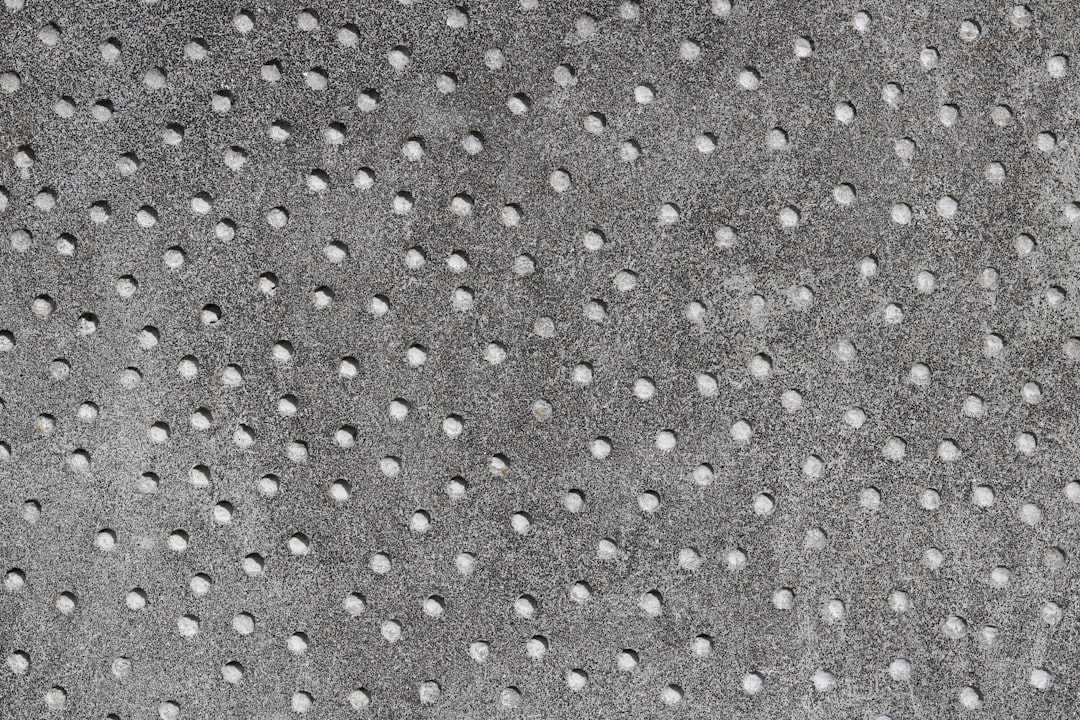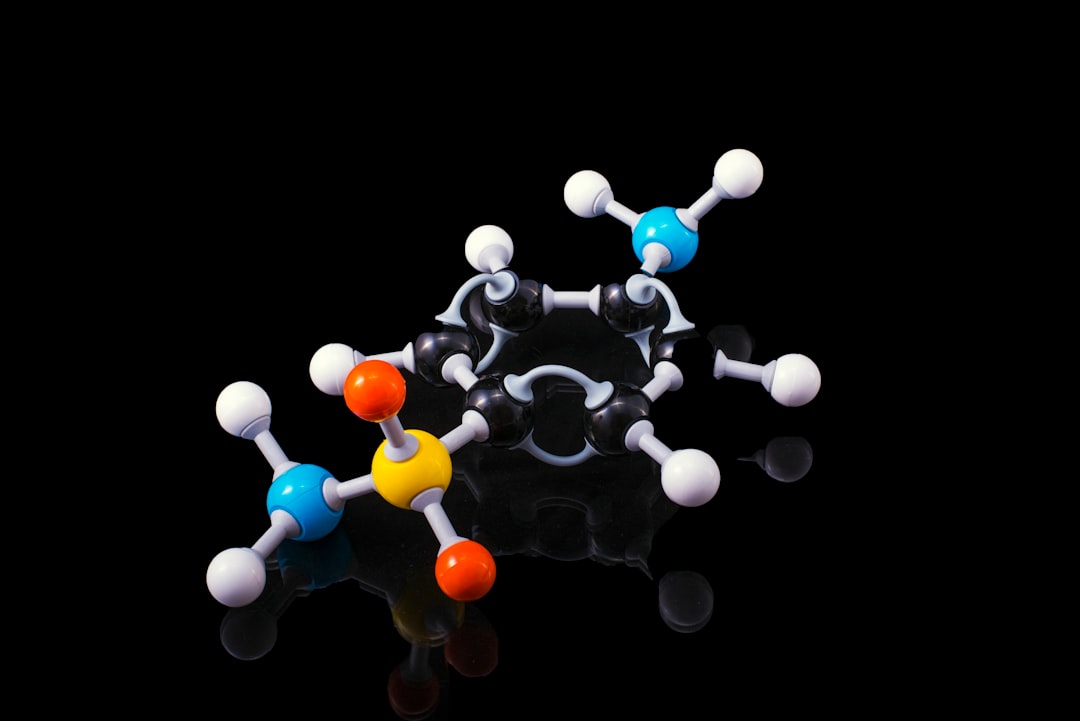What is it about?
In this work, we report on the development of long-subchain hyperbranched poly(aminoethyl acrylate) (lhb-PAEA), that are prepared via a facile synthesis procedure and effectively kill bacteria in suspension while exhibiting low hemolytic toxicity. Such potent long-subchain hyperbranched polycations may have implications in the fight against bacterial antibiotic-resistance.
Featured Image
Why is it important?
The emergency of antibiotic-resistant bacteria and their wide spread has posed a worldwide threat to public health, and traditional antibiotics are gradually overwhelmed by infectious bacteria. Novel antimicrobial agents are thus needed. However, long-subchain hyperbranched polycations with intrinsic antibacterial activity have not been reported to date.
Perspectives
Summarily, we design and synthesize long-subchain hyperbranched polycation in a facile way from economical acrylate derivatives, while the resultant hyperbranched polymers exhibit highly selective toxicity toward bacteria over mammalian cells.
Sheng-Qi Chen
University of Science and Technology of China
Read the Original
This page is a summary of: Long-subchain hyperbranched poly(aminoethyl acrylate): A potent antimicrobial polymer with low hemolytic toxicity, Journal of Polymer Science Part A Polymer Chemistry, August 2016, Wiley,
DOI: 10.1002/pola.28236.
You can read the full text:
Resources
Contributors
The following have contributed to this page










